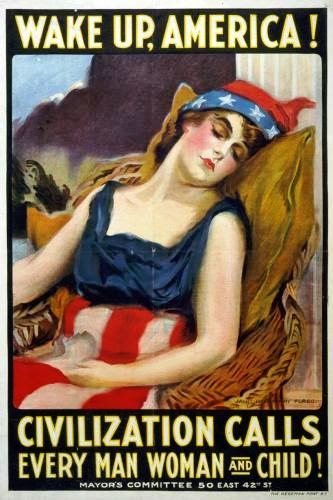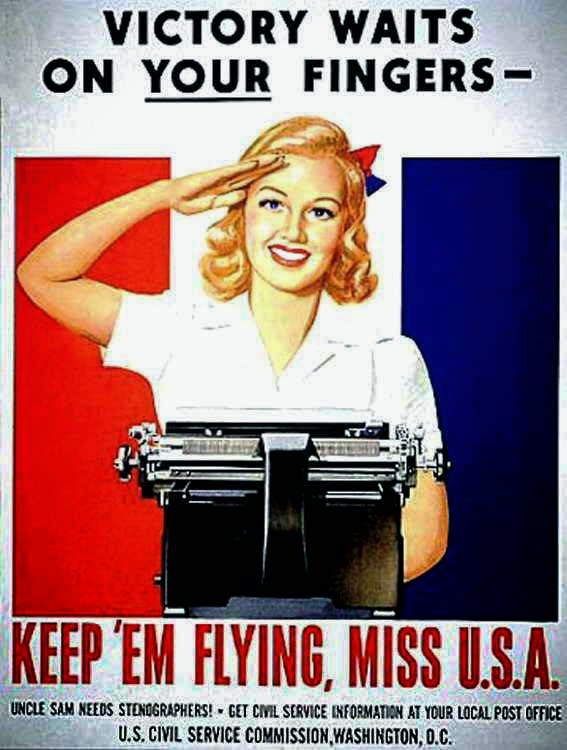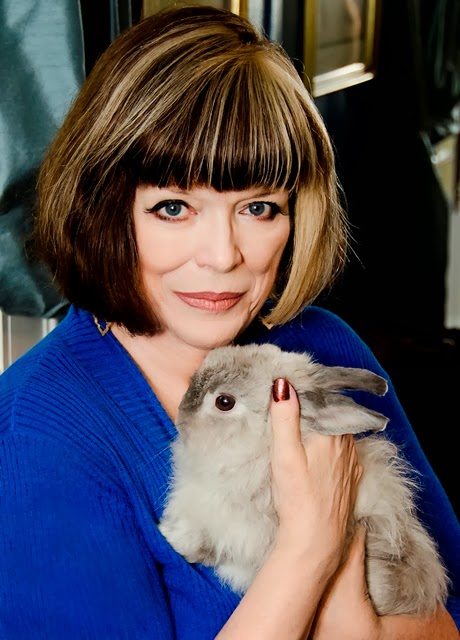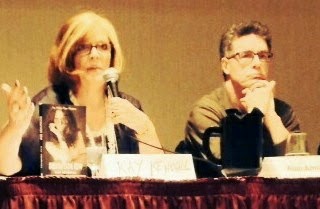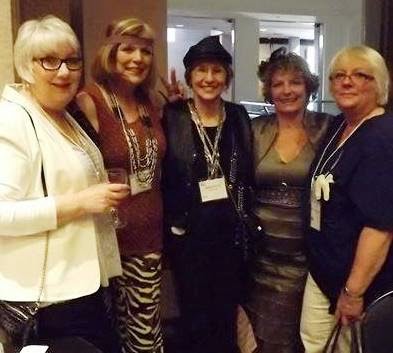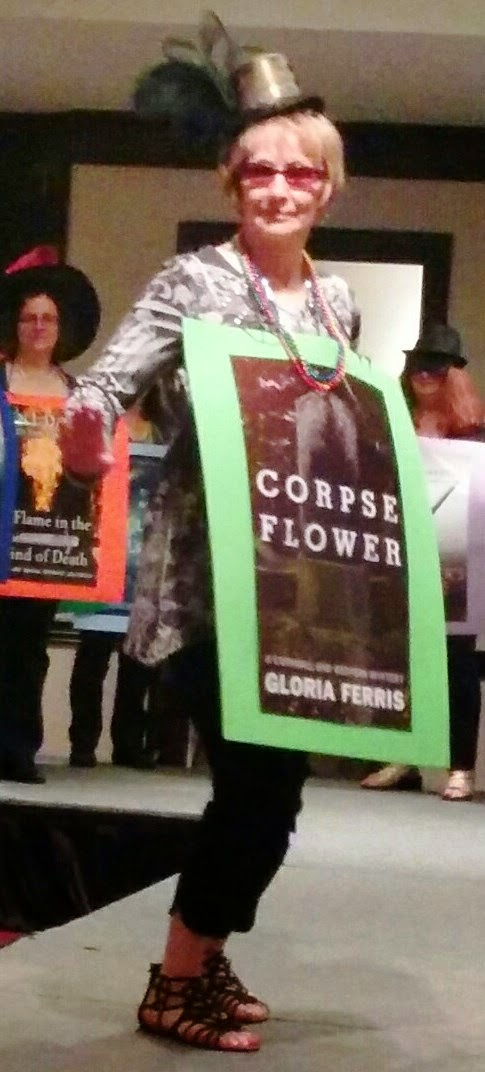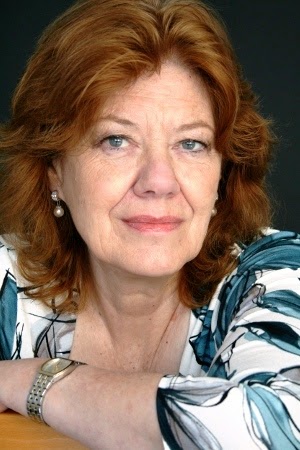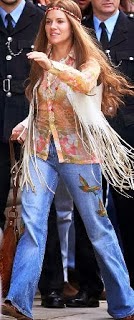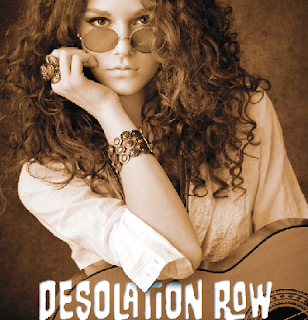WRITERS WHO INSPIRED ME
BY KAY KENDALL
Earlier this month, Bethany Maines asked us Stiletto Gang members the
question so many authors struggle with: “what other authors are you
like?”
My answer to this question has evolved over the past twenty
years. At first I didn’t even know it was a question—one I was supposed to be
readily able to answer. Then a kindly bookstore employee explained that
publishers and booksellers find it helpful in publicizing authors if they can
be compared to other more famous writers. Okay, so I do get that. After all, I
didn’t spend my whole previous career in public relations not understanding the
point of publicity.
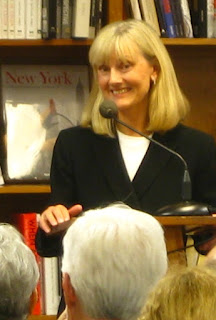 |
| Jacquelin Winspear |
Then the difficulties set in. How could I presume to compare
myself to a well-known author? How presumptuous. I took an online test that
suggested it could analyze my writing and figure out where my style matched
someone else’s. The answer was ludicrous—and instantly forgettable. (For
example, someone like Herman Melville. No, I think not.)
Next I realized that there were certain authors of historical mysteries
who had inspired me. Here I began to
strike pay dirt. Jacqueline Winspear is the most relevant for me. Her Maisie
Dobbs mystery series is a direct inspiration for my Austin Starr mysteries.
Winspear began her early stories in the 1920s in England when the entire
society was trying to recover from the horrors of the conflagration that was
erroneously labeled “the war to end all wars.” We now call it, sadly enough,
World War One. She successfully evokes that time period and makes us readers
believe we are back among those fraught times when my grandparents were young.
Before I discovered Winspear’s books, I had only read historical mystery
series written by men with their male protagonists. Many of these tales were
set in the 1930s, emphasizing events that led up to World War Two, and then
also during that war itself. British author Philip Kerr writes about Bernie
Gunther, a Berlin detective who gets co-opted by the Nazis. Kerr’s plots are
unusual and his historic research is impeccable. Alan Furst also describes the
interwar period in a set of loosely related (very loosely) mysteries that are
steeped in atmosphere. His evocations of Eastern Europe and France are so
successful that when I read his books, I feel as if I am walking down a Parisian
street and smelling the Gauloises cigarettes smoked by passersby.
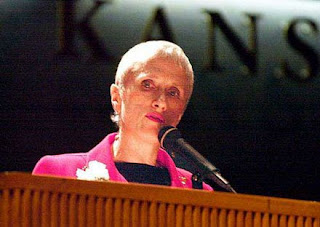 |
| Sara Paretsky |
There are other mystery writers who inspire me by setting their
stories against a background of important social issues. Sara Paretsky is the
queen of this group. After all, she was a pioneer of the female private
investigator V.I. Warshawski as protagonist. When she saw the difficulty women writers were
having getting published in America in the 1980s, she did something about it.
She was a founding mother of Sisters in Crime. How’s that for being a
successful author and activist too. Write on, sister!
inspires my writing, but those I’ve listed here are the ones who continually bubble
up in my mind first. I would never dare say that my writing is like theirs, but
I am happy to give them a tip of my metaphorical hat and say, “Thank you for
being you, thank you for writing what you do. And please, do write on and on
and on.”
~~~~~~~
(2013) and RAINY DAY WOMEN (2015) show Austin, a 22-year-old Texas bride, set
adrift in a foreign land and on the frontlines of societal change. Austin
learns to cope by turning amateur sleuth.

